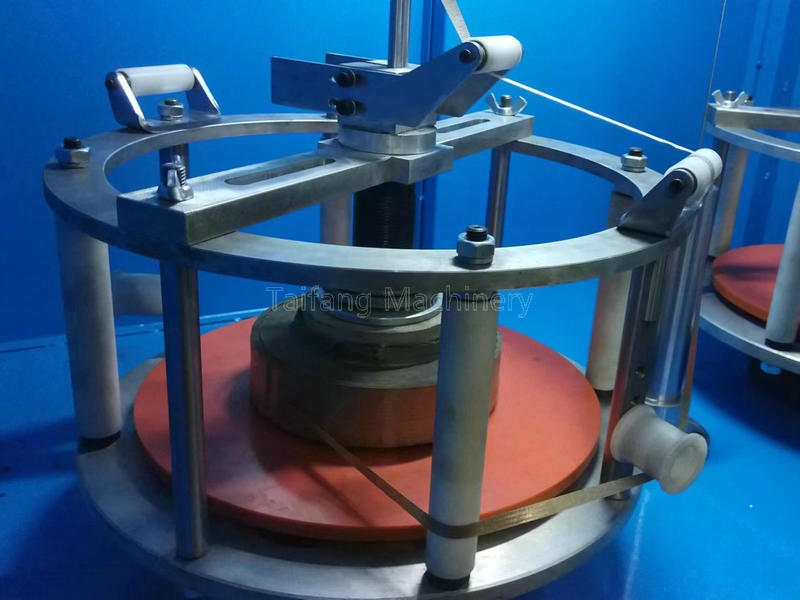
Title: Understanding the Working Principles and Operating Requirements of Paper Bag Machines The working principle of a paper bag machine is to automatically produce paper bags from flat paper or rolled paper. The process begins with the feeding of paper into the machine, which then cuts the paper to size, prints if needed, folds, glues, and finally seals the paper into a bag shape. The machine uses a combination of heat and pressure to apply adhesive and bond the paper together. There are several operating requirements for a paper bag machine to function effectively. Firstly, the machine should be able to handle different types of paper materials, including varying thicknesses and strengths. Secondly, it should have an efficient cutting mechanism that ensures precise and clean cuts. Additionally, the printing component must provide high-quality prints that do not smudge or fade over time. The folding and gluing components also play a crucial role in the machine’s operation. They need to accurately position the paper and apply the right amount of adhesive to ensure strong bonds without excess glue that could cause mess or damage. Lastly, the sealing unit must create secure seals without damaging the paper material. To maintain optimal performance, regular maintenance and cleaning of the machine are necessary. This includes checking for any wear and tear on parts like blades or gears, ensuring all moving parts are well-lubricated, and keeping the work area free from dust and debris. In conclusion, a paper bag machine operates by automating the production of paper bags through a series of steps involving feeding, cutting, printing, folding, gluing, and sealing. To run efficiently, it must be capable of handling various paper types, provide precise cutting and high-quality printing, and ensure accurate folding and secure sealing. Regular upkeep will help maintain its performance and longevity.



